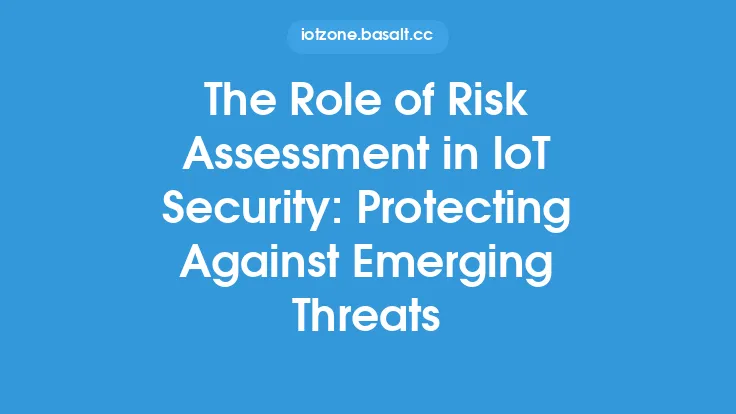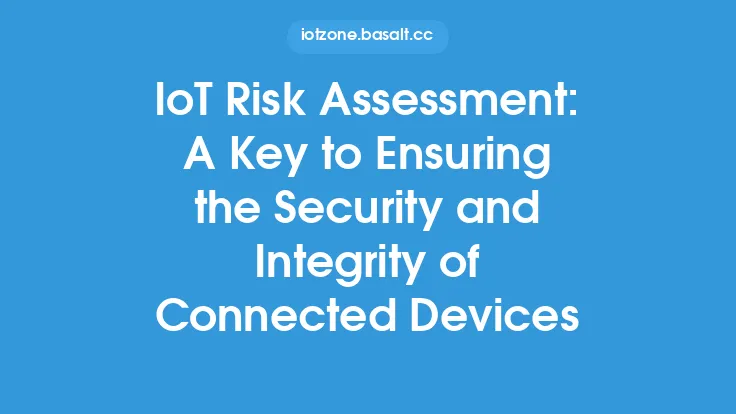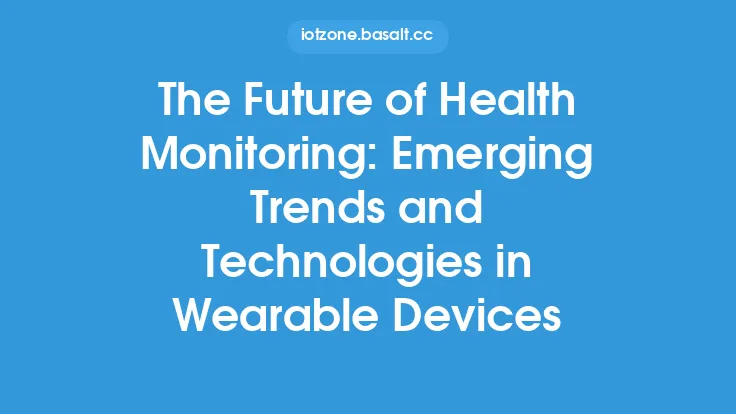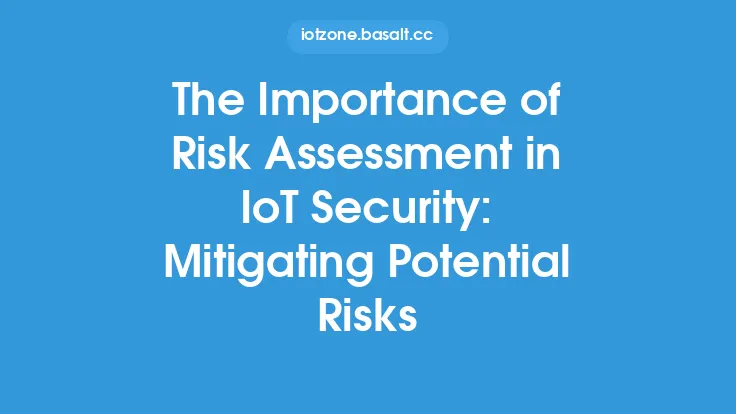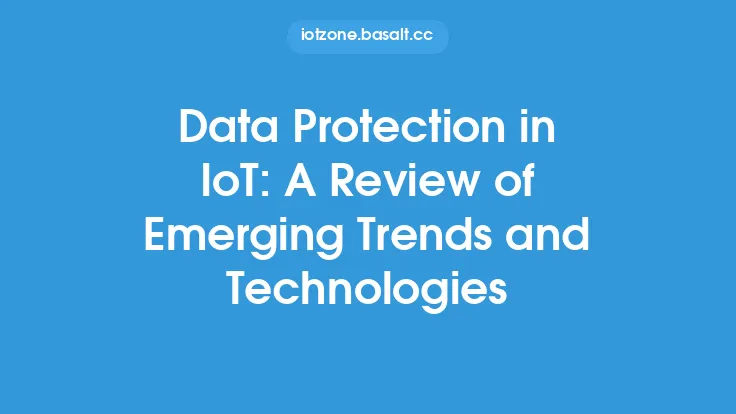The Internet of Things (IoT) has revolutionized the way we live and work, with an estimated 22 billion connected devices worldwide. As the number of IoT devices continues to grow, so does the risk of cyber threats. The increasing complexity and interconnectedness of these devices have created new vulnerabilities, making it essential to prioritize cybersecurity in the age of IoT. In this article, we will delve into the emerging threats facing connected devices and explore the measures that can be taken to protect them.
Introduction to IoT Security
IoT security refers to the practices and technologies designed to protect connected devices from unauthorized access, use, disclosure, disruption, modification, or destruction. The unique challenge of IoT security lies in the diversity of devices, protocols, and networks involved. Unlike traditional computing systems, IoT devices often have limited processing power, memory, and bandwidth, making it difficult to implement robust security measures. Furthermore, the lack of standardization and regulation in the IoT industry has led to a fragmented security landscape, with many devices lacking even basic security features.
Emerging Threats in IoT
The IoT ecosystem is vulnerable to a wide range of threats, including:
- Device hijacking: Hackers can take control of IoT devices, using them to launch attacks, steal data, or disrupt operations.
- Data breaches: Sensitive information, such as personal data or confidential business information, can be compromised through IoT devices.
- Denial of Service (DoS) attacks: Overwhelming a network or device with traffic can render it unavailable, causing disruptions to critical services.
- Man-in-the-Middle (MitM) attacks: Hackers can intercept and alter communication between devices, allowing them to steal data or inject malware.
- Ransomware attacks: Malicious software can encrypt data on IoT devices, demanding payment in exchange for the decryption key.
- Zero-day exploits: Previously unknown vulnerabilities can be exploited by hackers, leaving devices and networks vulnerable to attack.
Security Measures for IoT Devices
To mitigate these threats, several security measures can be implemented:
- Secure by design: Devices should be designed with security in mind from the outset, incorporating features such as encryption, secure boot mechanisms, and secure firmware updates.
- Network segmentation: Isolating IoT devices from the rest of the network can prevent lateral movement in the event of a breach.
- Device authentication: Verifying the identity of devices before allowing them to connect to the network can prevent unauthorized access.
- Encryption: Protecting data in transit and at rest can prevent eavesdropping and tampering.
- Regular updates and patches: Keeping devices and software up to date can fix known vulnerabilities and prevent exploitation.
- Monitoring and incident response: Continuously monitoring IoT devices and networks for suspicious activity can help detect and respond to threats in a timely manner.
Role of Artificial Intelligence and Machine Learning in IoT Security
Artificial intelligence (AI) and machine learning (ML) can play a significant role in enhancing IoT security:
- Anomaly detection: AI-powered systems can identify unusual patterns of behavior, indicating potential security threats.
- Predictive maintenance: ML algorithms can predict when devices are likely to fail or be compromised, allowing for proactive maintenance and replacement.
- Threat intelligence: AI-powered systems can analyze vast amounts of data to identify and prioritize potential threats, enabling more effective incident response.
- Automated incident response: AI-powered systems can automatically respond to security incidents, reducing the risk of human error and minimizing downtime.
Best Practices for IoT Security
To ensure the security of IoT devices and networks, the following best practices should be adopted:
- Conduct regular security audits: Identify vulnerabilities and weaknesses in IoT devices and networks.
- Implement a defense-in-depth strategy: Use multiple layers of security to protect against various types of threats.
- Use secure communication protocols: Implement protocols such as TLS, DTLS, or CoAP to protect data in transit.
- Train personnel: Educate users and administrators on IoT security best practices and potential threats.
- Stay informed: Stay up to date with the latest IoT security threats, vulnerabilities, and mitigation strategies.
Future of IoT Security
As the IoT ecosystem continues to evolve, new security challenges will emerge. The increasing use of AI, ML, and other emerging technologies will require new security measures and strategies. The development of standards and regulations will also play a crucial role in shaping the future of IoT security. By prioritizing security and adopting a proactive approach to threat mitigation, organizations can ensure the safe and secure operation of their IoT devices and networks.
Conclusion
The security of IoT devices and networks is a critical concern, with emerging threats and vulnerabilities posing significant risks to individuals, organizations, and society as a whole. By understanding the unique challenges of IoT security and implementing effective security measures, we can protect connected devices from cyber threats and ensure the continued growth and development of the IoT ecosystem. As the IoT landscape continues to evolve, it is essential to stay informed, adapt to new threats, and prioritize security to ensure a safe and secure connected world.
